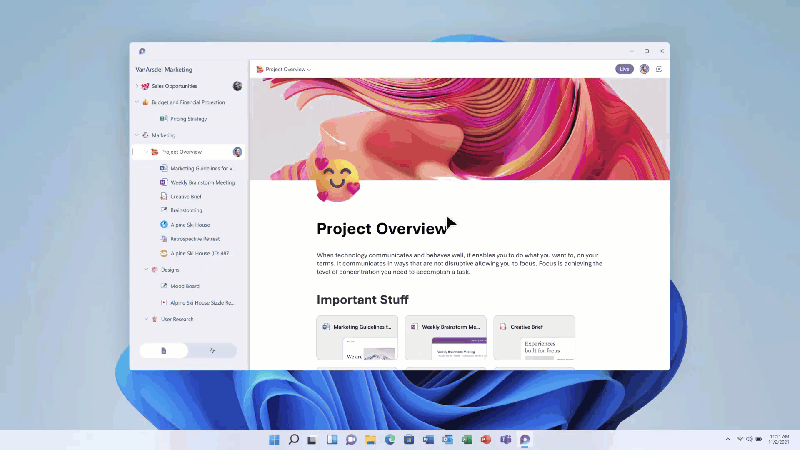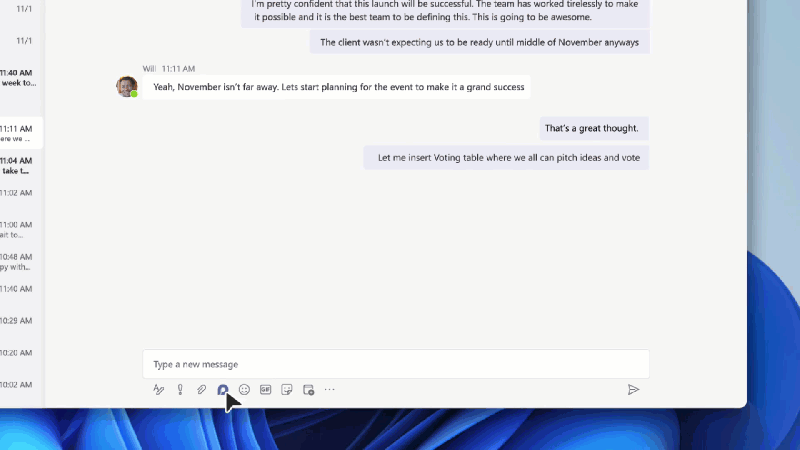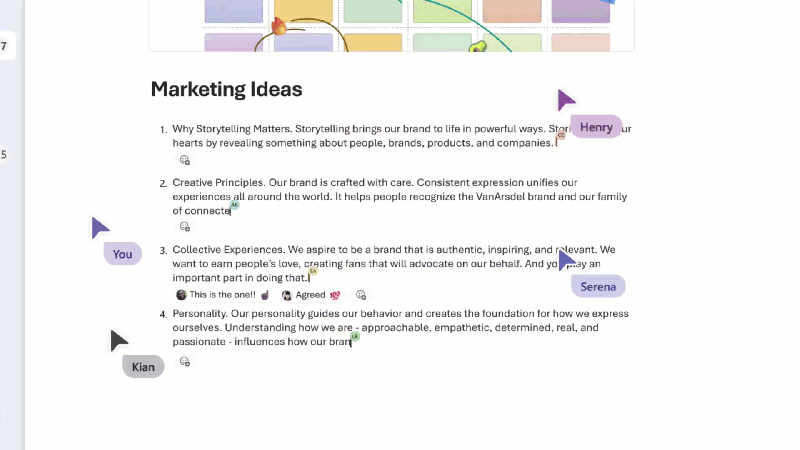Microsoft has announced a new product, Microsoft Loop, which will allow users to create highly-interactive pages in a collaborative way.
Loop will be the first significant use of the hotly-anticipated Fluid Framework, which treats data in Office 365 apps as ‘live’. That means data remains linked to its original source when copied into Loop.

The app was announced at Microsoft’s Ignite 2021 conference. The company says Microsoft Loop will provide a “flexible canvas” that will allow teams to communicate and collaborate wherever they are.
The software giant has made huge investments in Microsoft Teams since the COVID-19 pandemic, and the introduction of Microsoft Loop seems to be another nod to the ‘new normal’ of hybrid working and remote collaboration.
How does Microsoft Loop work?
Microsoft Loop components are ‘live’, in that the data they contain is linked to data in other parts of Office 365. So, for example, you can copy a table out of Excel and into a Loop page; when you update the data in Excel, it’s updated in Loop – and vice versa.

Part of the Microsoft 365 platform, Loop components were formerly known as Fluid Framework components. Microsoft calls them “units of productivity”, and says they will let users collaborate either through Loop pages, through Teams chats, in Outlook emails, within documents (such as Word or Excel) or even in online meetings.
Is Microsoft Loop like Notion?
Microsoft Loop appears to be the company’s answer to Notion, a very popular dynamic organisation and collaboration tool. The two products share a very similar aesthetic, as well as similar functionality.

Where Loop may prove to have the upper hand is in its ‘atomised’ components, which will integrate extremely closely with other apps, such as Microsoft Teams, Excel, Word, PowerPoint and Outlook.
Microsoft Loop will also feature ‘Loop Workspaces’, a way of grouping and collaborating on closely-related components and pages. This mirrors Notion’s branding as a ‘workspace’ for collaboration.
When can I get Microsoft Loop?
As of now (November 2021) we don’t have a fixed date for when Microsoft Loop will be made available. However, from the demos it does look quite complete. Even if we don’t see the Microsoft Loop app itself in the coming months, then it’s likely that parts of Loop (and the wider Fluid Framework) will make their way into apps like Microsoft Teams soon.
